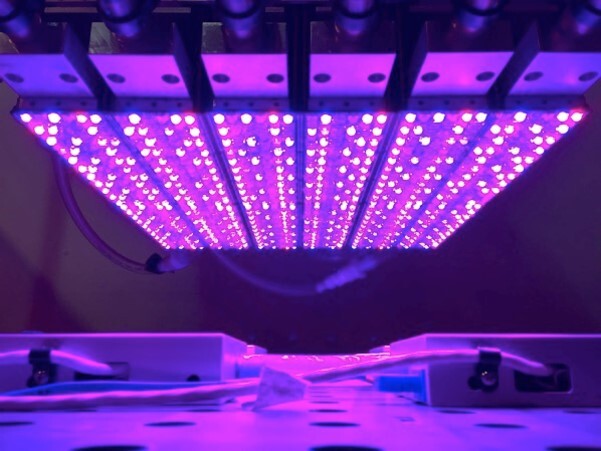Solar Cell Basics
Key Technical Concepts for Solar Cells
A standard solar cell is essentially a large, flat diode specifically designed to absorb sunlight and convert the electromagnetic radiation into electricity. Any device, such as a solar cell, that converts light into electricity is called photovoltaic (PV). Different types of solar cells will capture different ranges of the solar spectrum depending on the cell’s design.
Efficiency
Solar Efficiency
Solar cell efficiency is defined by the ratio of the cell’s energy output to the sun’s input energy — i.e., the amount of incoming photons that are converted to outgoing electrons. If a solar cell converted all of the incident sunlight into useable electrical energy, it would be 100% efficient — impossible for any real cell. Solar cell efficiency is a standard metric to compare performance among solar cells.
Quantum Efficiency
Quantum efficiency (QE) is a parameter that describes how well a solar cell converts incident photons of specific energy levels or wavelengths into useable energy. An ideal solar cell converts 100% of each targeted incident energy level.
Solar simulators designed to replicate the solar spectrum may need light output adjustability to account for simulator drift. Solar simulators that can replicate a solar cell’s produced current also require light output adjustability to appropriately change the solar cell output. To ensure optimal performance and accurate data, both of these simulators require calibration standards.
Temperature Affects Power Production
As a solar cell’s temperature increases, its power output generally decreases. While there is a slight increase to voltage production, current decreases by a larger amount.
Both standard and test solar cells can have their temperatures measured and/or controlled. Solar simulators that operate via short pulses have a minimal thermal impact on cell temperatures. Continuous and long-pulse simulators can have a great impact on temperature.
Multi-junction Solar Cells
Multiple solar cells can be stacked on top of one another into a single solar cell to improve the overall range of captured spectrum and the overall cell efficiency. These stacked cells are the most efficient in the world and are called multi-junction. This design increases the output power that a solar cell can provide by optimizing the cell’s ability to absorb an more full spectrum of sunlight, giving a higher solar efficiency. Multi-junction cells are commonly found in space applications where lighter weight and higher power production are priorities. In the multi-junction PV industry, single-junction calibration standards that represent one of the multiple junctions in a cell are sometimes referred to as isotypes.
Terrestrial Use of Multi-junction Cells
Some multi-junction solar cells are used in terrestrial applications on Earth, but single-junction silicon cells continue to be more popular. However, multi-junction cells are becoming more prevalent because of their increased power production.
Current-limiting Junctions
Multi-junction solar cells attempt to match the current output of all junctions, however due to design and manufacturing limitations one junction typically limits the current and power production of the entire cell. This critical junction requires that extra care be taken when using solar simulators to ensure proper light input into the current-limiting junction of multi-junction solar cells.

Space Versus Terrestrial Solar Cells
Terrestrial solar cells are typically measured with the AM1.5 spectrum. In terrestrial applications, manufacturers and users favor higher power production and lower costs in solar cells.
Space applications use the AM0 spectrum to measure solar cells. In addition to maximizing power output, space solar cell applications strive to minimize the mass of the cell and optimize other key parameters, such as radiation hardness, vibration survivability and performance at extreme temperatures.
© 2025 Angstrom Designs | Privacy Policy